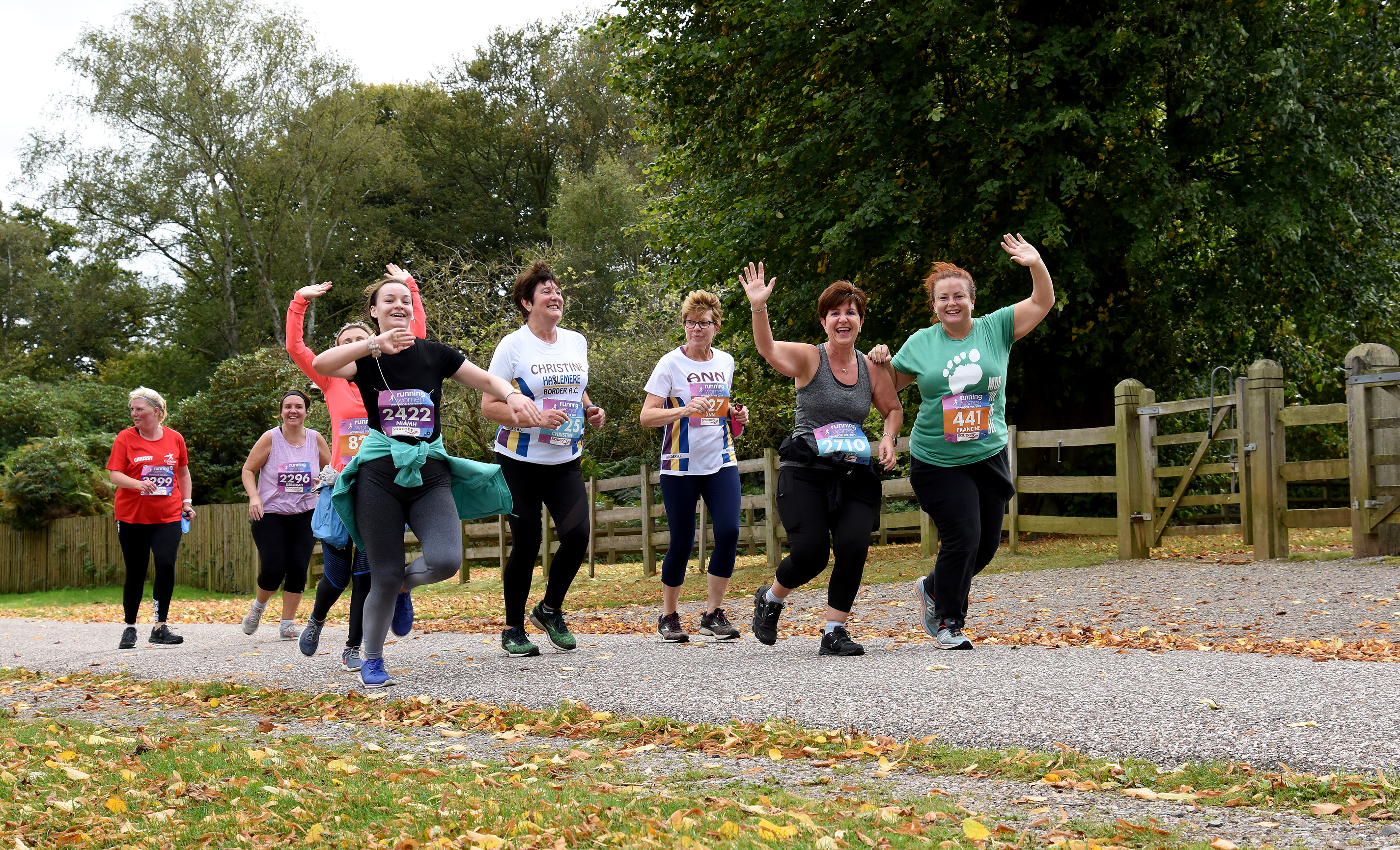6 Reasons You Might Not Be Losing Weight From Running
Running is a great way to lose weight and stay slim. But what happens when it doesn’t seem to be working? Here are 6 possible explanations…
Calories Out… And Too Many Calories In
One of the reasons we love running is that it burns so many calories! But weight loss and weight maintenance are both a matter of mathematics: you need to expend more energy/calories (via running and other activity) than you take in (via food and drink) to lose weight.
It’s pretty easy to “eat back” all the calories you just burned and possible to actually eat more calories than you burned off during your run. This could keep you at the same weight, or even see your weight creep up, even though you run a lot. And bear in mind that if you do long runs, they could leave you so hungry (even for days afterwards) that you overeat, comfort eat, snack, gravitate towards high-calorie foods, or even binge eat.
The solution: keep a food diary or use a food tracking app to see how much you’re eating. You don’t need to do this forever, just until you get to grips with an honest overview of how many calories you’re eating (and whether there are any ups and downs). Aim for energy balance if you want to maintain your weight, or a small calorie deficit (of no more than 20% of your calorie needs for weight loss). Make sure you eat sufficient protein (around 30g protein per meal or snack), and load up on vegetables and natural carb sources like potatoes, rice, oats. Then add the treats on top if you have the calories to spare!
Simple Maths: Your Energy Output Is Less Than You Think
We mentioned already that weight loss is a case of calories in vs calories out. But if you’re over-estimating your calorie burn through running, your calculations will be off from the start. Treadmills are notorious for over-estimating calorie output. Some heart-rate monitors and activity apps aren’t very reliable either. As a rough guide, a 150 lb (10 stone 10 lb) woman will burn roughly 500 calories doing a 45-50 minute run at 10 minute miles (about 5 miles in 50 minutes=500 calories). Higher intensity running like intervals, hill reps, track sessions will usually burn more calories during and after the event than steady-state.
The solution: don’t over-estimate your calorie burn. And don’t forget that, as your body weight drops through weight loss, the amount of calories you burn through activity drops, too. So you won’t burn the same amount of calories forever. Age, body weight, body composition and other factors affect metabolic rate.
You’re Just Not Running Often Enough
Be honest, how often do you really run? Life gets in the way of even the best laid plans. You might say you run 4 times a week, but is that really what you end up doing every single week, or is it what you want to do? Only the running you actually do counts.
The solution: plan 3-4 runs in to your diary on a Sunday night. Make them a combination of longer runs, interval sessions, faster paced short runs. Stick to them like you would any other appointment in your diary. Arrange to meet up with a running buddy or train with a running club if you think that’s the accountability you need.
Low Intensity Running Isn’t Enough Any More
When you started running, the weight dropped steadily. It was great! But things have slowed down. You want to speed weight loss up again – but are you willing to speed up? The body adapts to any stimulus, including running. So you can’t expect low intensity running to work forever.
The solution: now you’re fitter, add in high intensity running sessions (to replace one or two of your steady/slow runs every week). Try fartlek, intervals, hill reps, track sessions or a shorter but faster-paced run at 5km race pace.
When Routes, Distance, Pace Become A Habit
Your body will quite quickly adapt to running. Once your regular route, distance or running pace starts feeling easier to you, guess what, it really is easier for your body. Your body will actually use less energy (calories) to do the activity. So keep pushing your boundaries to avoid a plateau.
The solution: don’t get stuck in a rut. It’s not necessarily about adding more distance to your running routes (after all, this will quickly become unsustainable!) Think about upping the pace (shorter runs at a faster pace), adding intervals (track sessions, hill reps, sprints, fartlek), running on different surfaces, and running on hillier routes.
Scale Weight Doesn’t Tell The Whole Story
Lastly, don’t forget that weighing scales really don’t tell us the whole story. All they tell us is about our relationship to gravity. If you are losing body fat but adding muscle, your weight could stay the same, particularly if you don’t have a lot of body fat to lose. Muscle is more dense than body fat, so muscle takes up less space.
The solution: by all means weigh yourself, but use other measurements too. How are your clothes fitting? Do you look leaner or less jiggly in the mirror? Take measurements at your waist, hips and other key areas and keep track of the numbers. Don’t get emotionally invested in a number on the scale which can fluctuate with water, lack of sleep, sodium, muscle gain and your menstrual cycle.
Similar Posts:
- 6 Reasons You Might Not Be Losing Weight From Running
- Can Running Help You Lose Those “Final Few Pounds”?
- 9 Rules Of Weight Loss For Runners
- How To Train For A 10K Race With Limited Time
- Get Faster & Fitter With Incline Running
- How Hill Training Benefits Your Running




Add Comment